Meet Emre Korkmaz | Writer, Director, Producer
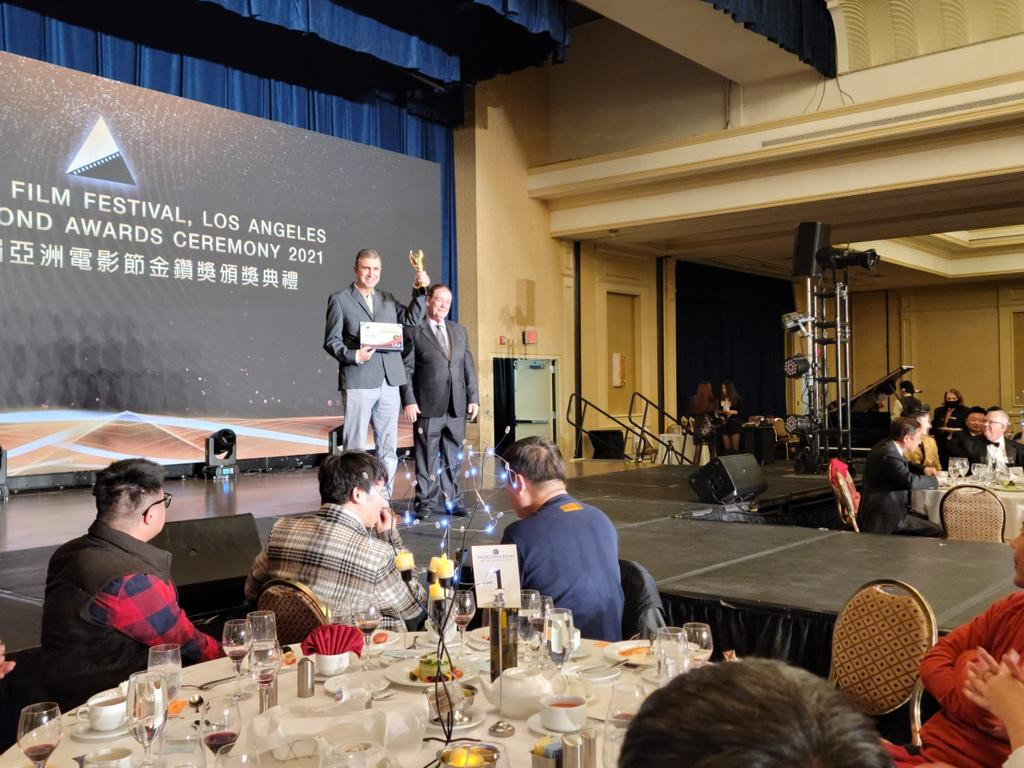
We had the good fortune of connecting with Emre Korkmaz and we’ve shared our conversation below.
Hi Emre, how do you think about risk?
When I reflect on the past 25 to 30 years of my life, the multitude of risks I took overwhelms me today. I left my well-paying corporate job and traveled to the other side of the Pacific Ocean to study filmmaking in a country whose cinematic tradition I admired. However, I didn’t speak the language, except for a few common phrases, and knew absolutely no one on the entire continent.
After years of learning the language and working odd jobs, I eventually managed to study film directing at UCLA and earned an MFA in screenwriting at USC’s School of Cinematic Arts. In the following years, I had the luxury to continue taking work-related risks, small or big, comparing each one to the audacity of coming to the States with only a jacket and some vocabulary cards in its pocket.
In retrospect, I can see that some of the risks I took worked out great, but some didn’t pan out; I might be better off today if I hadn’t taken them. However, there’s a caveat: I would carry doubts in my heart throughout my life, questioning what would have happened if I hadn’t taken those risks and they had worked.
While I’m not in the best possible place in terms of my career, I am proud to say that I have no such doubt in my heart. Yes, not everything worked out as planned, but now I know.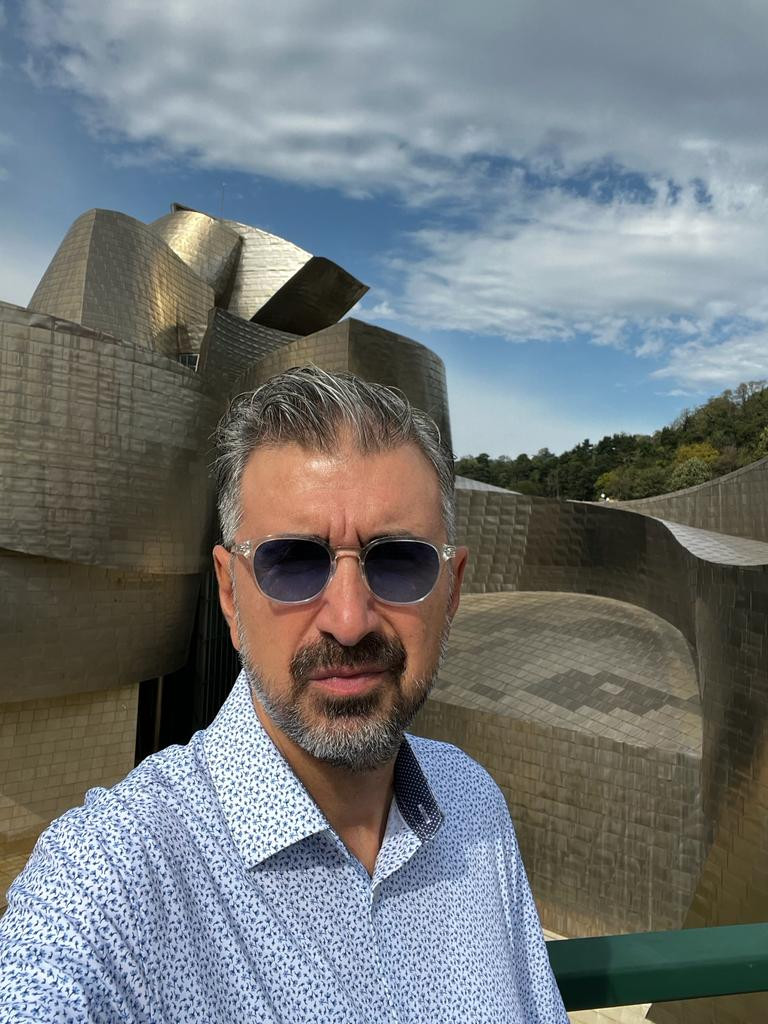
Can you open up a bit about your work and career? We’re big fans and we’d love for our community to learn more about your work.
What I am proud of in my films is their focus on real people. My first feature explored a working-class family’s struggle with alcoholism, and my second film delved into the life of a multicultural family navigating the labyrinth of identity, immigration, and diverse relationships, both set in Los Angeles. These films revolve around everyday people living away from LA’s glamour, and their stories speak to the human condition in a specific time and place. While this shouldn’t be something to be proud of—it should be the main reason for telling stories—I take pride in not making films solely to attract the film industry’s attention right out of film school. Instead, I seek stories that I genuinely believe in.
I am a storyteller who writes prose and screenplays, occasionally getting the chance to direct those screenplays and sometimes telling stories with images without a script. I am perpetually interested in exploring what I can achieve only with words that I cannot do with images and vice versa. Stanley Kubrick famously said, “If it can be written or thought, it can be filmed,” although I am not entirely sure about that.
I believe words and images impact one’s psyche differently, and each medium has unique powers. While this is a complex subject worthy of lengthy academic papers, when I write or film, I always consider why that particular material should be written or filmed. I contemplate what I can specifically convey with images or words that speaks to the particular subject or feeling I am after. This was the first discussion I had with the head of the screenwriting department at USC’s School of Cinematic Arts. Since then, I have enjoyed contemplating the distinct characteristics of moving images and words or the act of writing and reading words. I love grappling with the inadequacies of both images and words.
When making one of my very first short films as a film student, before a character or story, I had two shots in my mind: a character’s POV going down the escalator to a metro station and another POV when the Pacific Ocean appears after turning the last curve on West Sunset Blvd. The first image descends into darkness, and the second reveals a more optimistic view full of light and immense blue. There, I found my plot. The rest of the story’s elements slowly revealed themselves as I developed the film from darkness to light. I miss that experience and aim to return to this ‘pure’ way of making films.
Regarding challenges, independent filmmaking is synonymous with difficulties. Every film project must invent itself, and filmmaking is a purely entrepreneurial pursuit. I know I will face countless problems along the way when starting a project, and I must have a strong, burning passion to will the film into existence. For that will and passion to be free of any shade of doubt, I must have a clear answer in my mind as to why this story should be a movie. Why not a short story, a novel, a play, or a podcast, or whatever else? Why do I have to deal with all these camera equipment, actors, crew, and spend all that time and money? In some cases, I first write the story in prose. After leaving it alone for a while, I read it and ask myself how this story would be different if I were to tell it only with images and sound. When I have that answer in my heart and mind, and love the movie playing in my imagination, then I have the passion and will to convince actors, investors, and all other people along the way. And what I have learned over the years is that everyone remembers that passion, not necessarily my story, project, or even me.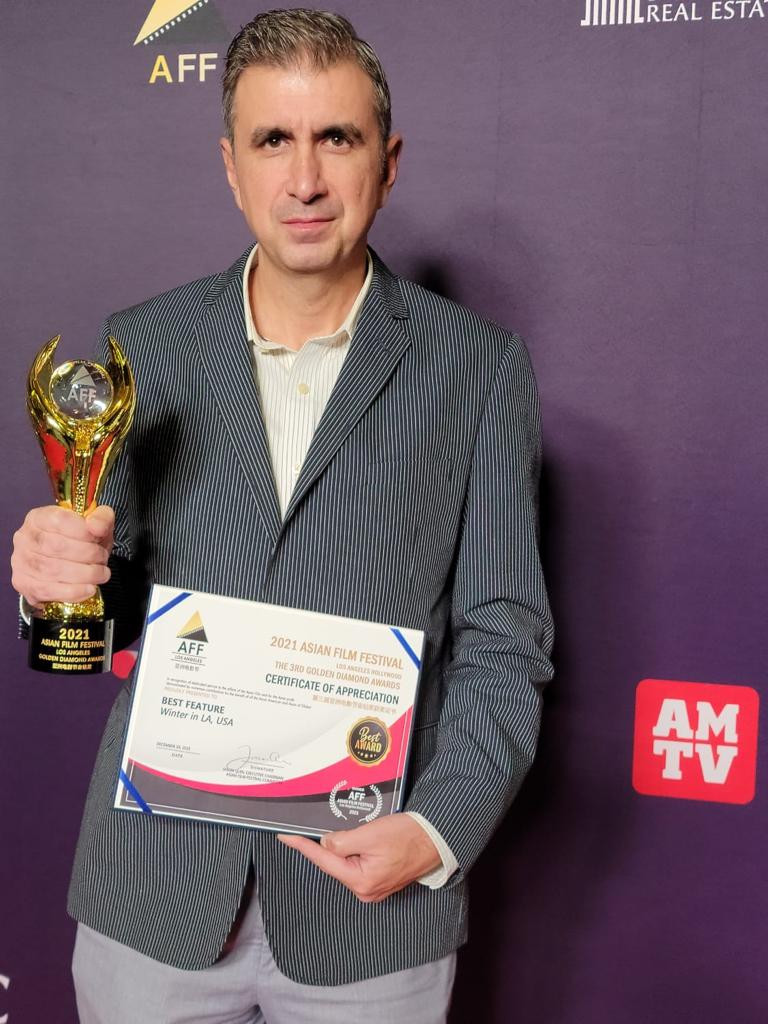
Any places to eat or things to do that you can share with our readers? If they have a friend visiting town, what are some spots they could take them to?
Nowadays, people often arrive with specific itineraries, guided by social media and YouTube. Even if it’s their very first time in LA, they say, ‘I want to go to this particular Mexican restaurant, this beach, this street,’ and all I have to do is take them there.
In my 22 years in Los Angeles, the city has changed and grown in its own way. I appreciate both the East and West sides, but they feed my imagination differently, as if they are two distinct cities.
I love walking in cities, and LA is no exception. I enjoy strolling from downtown through Grand Central Market (the first place I ate in LA and felt like I could call this city home one day), passing through the stairs to Echo Park. I continue walking on Beverly Blvd and Third Street, making a small world tour on foot. Filipino, El Salvadoran, Honduran, Guatemalan, and Bangladeshi neighborhoods pass by me with their unique smells, sounds, musics, and stores; one can have a little taste of how it would feel to live in these faraway lands. I then head a little north for a taste of Thailand and walk back down south for a few blocks to arrive at a place where modern Korean culture fuses with tasteful—and quintessentially LA—early 19th-century architecture. I can sample a variety of world cuisines in this short walk on the East side of our town.
I then immerse myself in the arms of Hollywood, feeling the vibe and energy of newcomers, especially during pilot seasons. All these young and talented people come from all over the U.S., even all over the world, to LA for auditions. These young dreamers rent rooms or sublet couches in the middle of Hollywood, walking in these streets full of hope and energy. Seeing those young faces full of hope and talking to a few of them makes my day. And who knows, they might be the biggest stars of tomorrow. I would then have a drink in Musso & Frank to feel a bit of old Hollywood, perhaps a dose of Raymond Chandler’s vibe.
Afterwards, I take public transportation or a ride-share to the west side. The walk from Santa Monica’s main street to Abbot Kinney feels different every few years. I save my favorite walk for the very end: from Manhattan Beach to Hermosa Beach, partly on the sand, then on the strand, and sometimes on the back streets. I particularly like the back streets as I enjoy feeling the signs of real lives from house interiors, such as garage doors left open in the middle of a repair project or lights from TV sets bouncing off adorned walls. There is a special type of chill I feel walking from Manhattan Beach to Hermosa Beach, a chill that no other So Cal beach walk can offer.”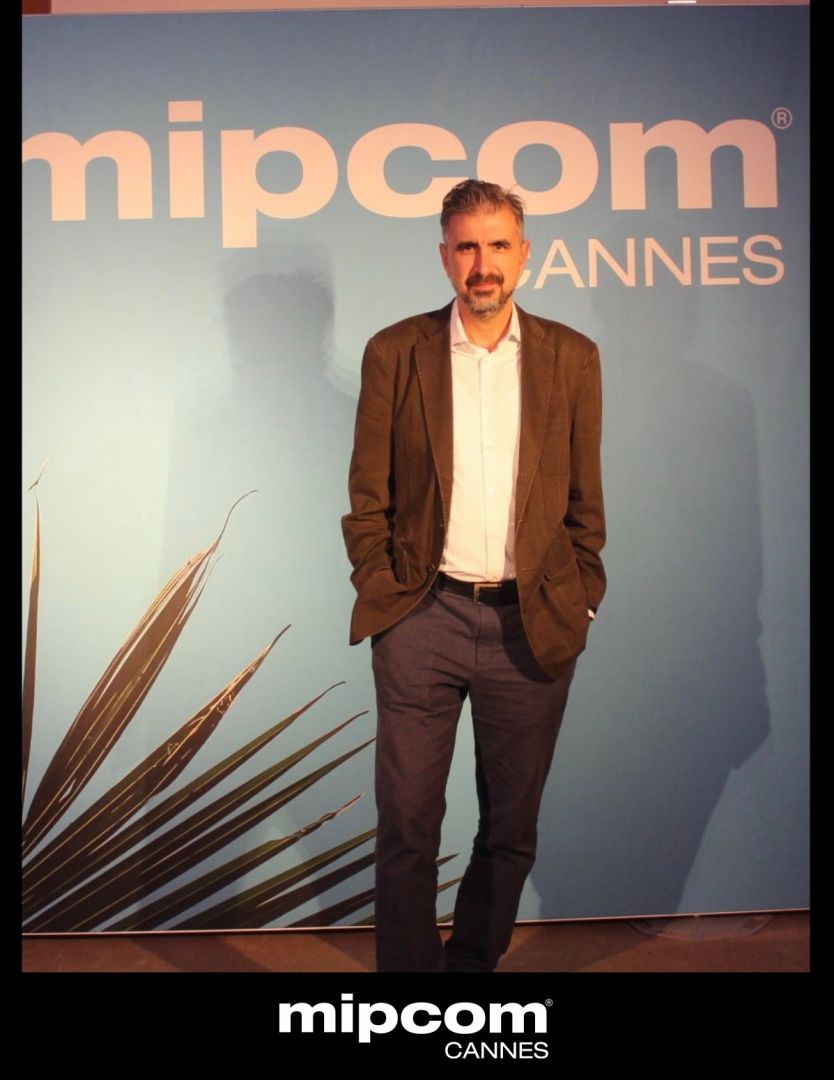
Who else deserves some credit and recognition?
From the faculty of USC and UCLA film schools to the many wonderful people I’ve worked with over the last 15 years who taught me a great deal, there are a number of individuals I should thank. However, if I were to choose two people, they would be Robin Swicord, who has been consistently available whenever I needed help and guiding me in the right direction, and Howard Rodman, whose teaching method is illuminating and whose conversations on creative matters are truly inspiring.”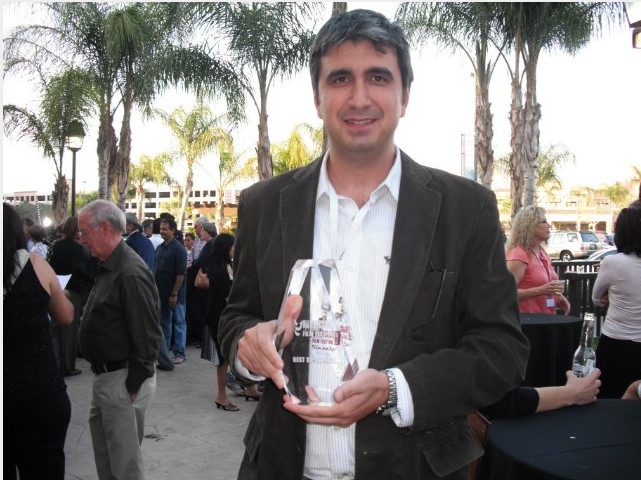

Website: www.emrekorkmaz.com
Instagram: https://www.instagram.com/11luxfilms/
Linkedin: https://www.linkedin.com/in/emrekorkmaz/
Twitter: https://twitter.com/11luxfilms
Image Credits
AFFLA, MIPCOM
